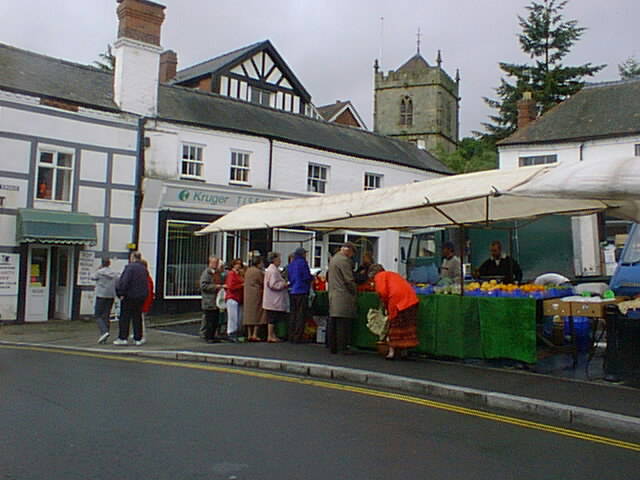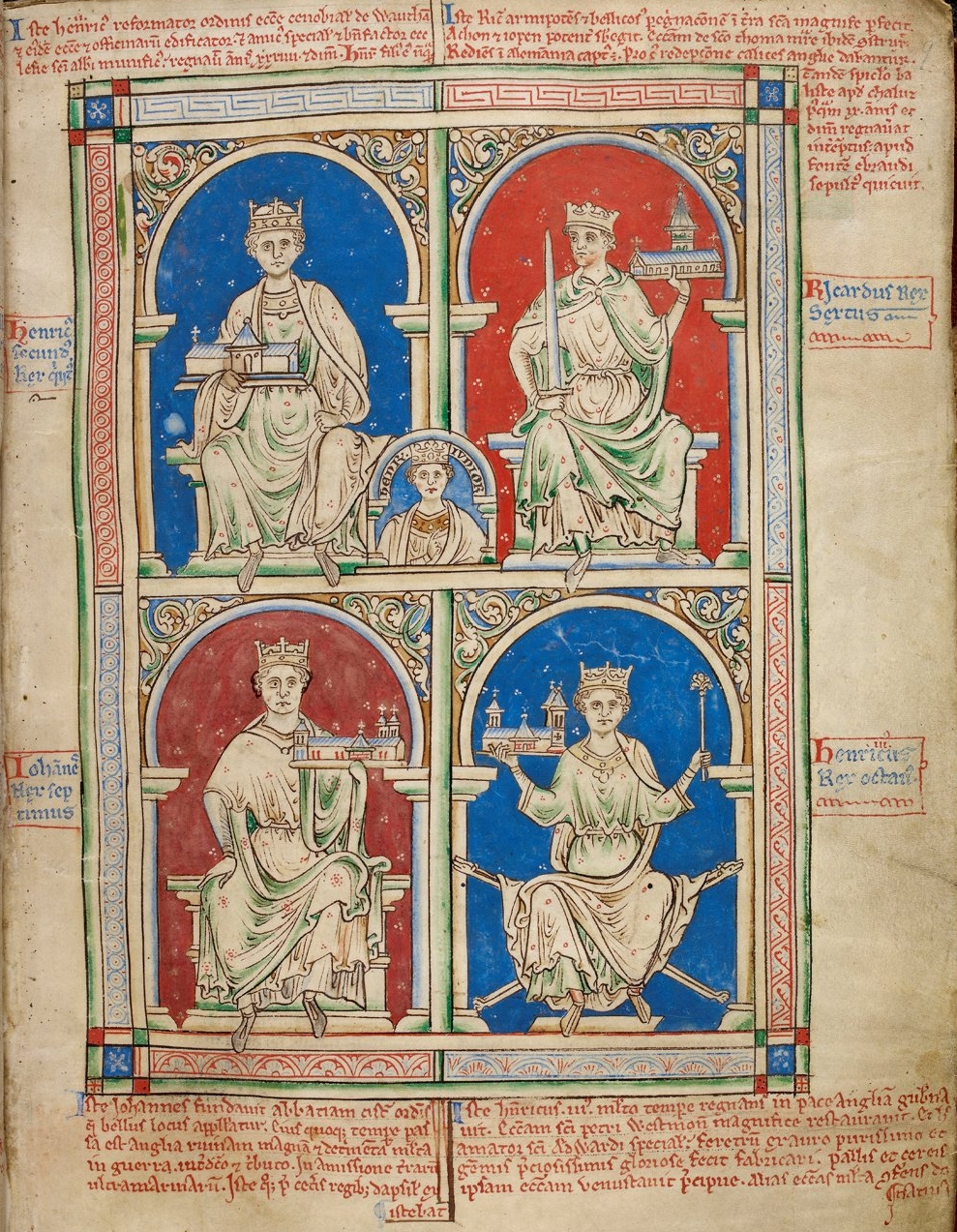|
Smethcott
Smethcott (sometimes Smethcote) is a civil parish and dispersed hamlet near the village of Picklescott, in Shropshire, England. The population of the civil parish at the 2011 census was 254. The name Smethcott has an Old English origin, and means "cottage(s) of the smiths".Gelling & Foxall, ''The place-names of Shropshire: Part 2, The hundreds of Ford and Condover'', English Place-Name Society, 1995, p.181 It was listed as a manor in Domesday, where (spelt "Smerecote") it is recorded as having been held by Eldred, the tenant of its former owner Edmund, who now himself held it from a member of the Anglo-Norman nobility. Eyton, R. W. ''Antiquities of Shropshire'', v 5, J. R. Smith, 1857, p.250 A 13th century motte-and-bailey castle existed at Smethcott, of which now only the earthworks remain in a field near the church. The motte hill rises to an altitude of . The church, which is dedicated to St Michael and All Angels, was largely rebuilt in 1850 though retains some Norman fea ... [...More Info...] [...Related Items...] OR: [Wikipedia] [Google] [Baidu] |
Listed Buildings In Smethcott
Smethcott is a civil parish in Shropshire, England. It contains 21 listed buildings that are recorded in the National Heritage List for England. Of these, one is listed at Grade II*, the middle of the three grades, and the others are at Grade II, the lowest grade. The parish contains the villages of Smethcott, Betchcott, and Picklescott Picklescott is a village in Shropshire, England. It is located in the northern foothills of the Long Mynd, approximately 5 kilometres (3 miles) northwest of Church Stretton and 11 kilometres (7 miles) south of Shrewsbury. Picklescott lies in th ..., and is otherwise rural. The listed buildings consist of houses, farmhouses and farm buildings and associated structures, a public house, and a church. __NOTOC__ Key Buildings References Citations Sources * * * * * * * * * * * * * * * * * * * * * * * {{DEFAULTSORT:Smethcott Lists of buildings and structures in Shropshire ... [...More Info...] [...Related Items...] OR: [Wikipedia] [Google] [Baidu] |
Picklescott
Picklescott is a village in Shropshire, England. It is located in the northern foothills of the Long Mynd, approximately 5 kilometres (3 miles) northwest of Church Stretton and 11 kilometres (7 miles) south of Shrewsbury. Picklescott lies in the parish of Smethcott, now a hamlet to its east. To the south of the village is the hamlet of Betchcott. There is a public house in Picklescott - the ''Bottle and Glass'' - a traditional country pub, which serves local real ale Real ale is the name coined by the Campaign for Real Ale (CAMRA) for beer that is "brewed from traditional ingredients, matured by secondary fermentation in the container from which it is dispensed, and served without the use of extraneous car ...s and food, and a Village Hall built in 1967 with additions in 2004. History [...More Info...] [...Related Items...] OR: [Wikipedia] [Google] [Baidu] |
Betchcott
Betchcott () is a hamlet near the villages of Picklescott and Woolstaston in Shropshire, England. It lies in the parish of Smethcott, in the northern foothills of the Long Mynd. The nearest town is Church Stretton. The hamlet is made up of three farms, Upper Farm, Middle Farm and Batchcott Hall Farm, as well as Batchcott Hall and several other cottages. Its name is derived from Old English ''bæce'' or ''bece'', "brook", referring to a cottage by a brook.Gelling & Foxall, ''The place-names of Shropshire: Part 2, The hundreds of Ford and Condover'', English Place-Name Society, 1995, p.182 See also *Listed buildings in Smethcott Smethcott is a civil parish in Shropshire, England. It contains 21 listed buildings that are recorded in the National Heritage List for England. Of these, one is listed at Grade II*, the middle of the three grades, and the others are at Gr ... References External links Villages in Shropshire Shrewsbury and Atcham {{Shropshire-geo ... [...More Info...] [...Related Items...] OR: [Wikipedia] [Google] [Baidu] |
Civil Parishes In Shropshire ...
This is a list of civil parishes in the ceremonial county of Shropshire, England. There are 230 civil parishes. Population figures are unavailable for some of the smallest parishes. See also * List of civil parishes in England * :Former civil parishes in Shropshire References External links Office for National Statistics : Geographical Area Listings {{Shropshire Civil parishes Civil parishes Shropshire * Civil parishes In England, a civil parish is a type of administrative parish used for local government. It is a territorial designation which is the lowest tier of local government below districts and counties, or their combined form, the unitary authority. ... [...More Info...] [...Related Items...] OR: [Wikipedia] [Google] [Baidu] |
Woolstaston
Woolstaston is a small village and civil parish in Shropshire, England, south of Shrewsbury and north of the nearest town, Church Stretton. It is located in the northern foothills of the Long Mynd and is situated near Leebotwood, Smethcott and Picklescott. The parish is geographically very small, covering only the village, the lanes leading to it and a small part of the Walkmills area to the north-east. The area also contains the Rectory Farm Bed & Breakfast. The village has a Church of England parish church dedicated to St Michael, dating to the 13th century but restored in its present form in 1864-65 when a transept, vestry and bell turret were added. Lalage Bown Lalage Jean Bown (23 May 1927 – 17 December 2021) was an English educator, feminist and women's literacy advocate. Biography The daughter, eldest of four children, of Dorothy Ethel Watson and Arthur Mervyn Bown, an Indian Civil Service, In ... (1927-2021), educator, feminist and women's literacy advocate i ... [...More Info...] [...Related Items...] OR: [Wikipedia] [Google] [Baidu] |
Long Mynd
, photo = , photo_alt = , photo_caption = View down Townbrook Valley toward Burway Hill , country_type = , country = England , subdivision1_type = County , subdivision1 = Shropshire , borders_on = , biome = HeathlandMoorland , topo_map = , topo_maker = , highest = Pole Bank , highest_location = , elevation_m = 516 , elevation_system = , coordinates = , length_km = 11.26 , width_km = 4.8 , area_km2 = 54 , length_orientation= N-S , width_orientation = E-W , length_ref = , width_ref = , area_ref = , parent = , range_coordinates = , range_coordinates_ref= , formed_by = Glaciation , geology = Sandstone , age = Quaternary , orogeny = , map = Shropshire , map_alt = , map_caption = The Long Mynd , map_ ... [...More Info...] [...Related Items...] OR: [Wikipedia] [Google] [Baidu] |
Shropshire
Shropshire (; alternatively Salop; abbreviated in print only as Shrops; demonym Salopian ) is a landlocked historic county in the West Midlands region of England. It is bordered by Wales to the west and the English counties of Cheshire to the north, Staffordshire to the east, Worcestershire to the southeast, and Herefordshire to the south. A unitary authority of the same name was created in 2009, taking over from the previous county council and five district councils, now governed by Shropshire Council. The borough of Telford and Wrekin has been a separate unitary authority since 1998, but remains part of the ceremonial county. The county's population and economy is centred on five towns: the county town of Shrewsbury, which is culturally and historically important and close to the centre of the county; Telford, which was founded as a new town in the east which was constructed around a number of older towns, most notably Wellington, Dawley and Madeley, which is today th ... [...More Info...] [...Related Items...] OR: [Wikipedia] [Google] [Baidu] |
St Michael
Michael (; he, מִיכָאֵל, lit=Who is like El od, translit=Mīḵāʾēl; el, Μιχαήλ, translit=Mikhaḗl; la, Michahel; ar, ميخائيل ، مِيكَالَ ، ميكائيل, translit=Mīkāʾīl, Mīkāl, Mīkhāʾīl), also called Saint Michael the Archangel, Saint Michael the Taxiarch in Orthodoxy and Archangel Michael is an archangel in Judaism, Christianity, Islam and the Baha'i faith. The earliest surviving mentions of his name are in 3rd- and 2nd-century BC Jewish works, often but not always apocalyptic, where he is the chief of the angels and archangels and responsible for the care of Israel. Christianity adopted nearly all the Jewish traditions concerning him, and he is mentioned explicitly in Revelation 12:7–12, where he does battle with Satan, and in the Epistle of Jude, where the author denounces heretics by contrasting them with Michael. Second Temple Jewish writings The earliest surviving mention of Michael is in a 3rd century BC Jewish ... [...More Info...] [...Related Items...] OR: [Wikipedia] [Google] [Baidu] |
Church Stretton
Church Stretton is a market town in Shropshire, England, south of Shrewsbury and north of Ludlow. The population in 2011 was 4,671.National Statistics Church Stretton 2011 population area and density The town was nicknamed Little Switzerland in the late Victorian and period for its landscape, and became a health resort. [...More Info...] [...Related Items...] OR: [Wikipedia] [Google] [Baidu] |
Leebotwood
Leebotwood ( ) is a small village and civil parish in Shropshire, England. It is about south of Shrewsbury and north of Church Stretton. Geography The village is located on the A49 road, north of Church Stretton and south of the village of Dorrington. Nearby villages include Longnor (approximately 1½ miles to the north) and All Stretton which is 2 miles distant, between Leebotwood and Church Stretton. Leebotwood is the only recognisable settlement in the parish. The Cound Brook passes through the village, flowing north towards Longnor. The parish was part of the borough of Shrewsbury and Atcham, which existed 1973–2009. It continues to be part of the Parliamentary constituency of Shrewsbury and Atcham and in the area of Shropshire's unitary Council. Transport The Welsh Marches railway line runs through the parish. Leebotwood once had its own small railway station that closed in 1958. Today, the nearest station is Church Stretton. Northbound trains run to Shrewsbury an ... [...More Info...] [...Related Items...] OR: [Wikipedia] [Google] [Baidu] |
Norman England
England in the High Middle Ages includes the history of England between the Norman Conquest in 1066 and the death of King John, considered by some to be the last of the Angevin kings of England, in 1216. A disputed succession and victory at the Battle of Hastings led to the conquest of England by William of Normandy in 1066. This linked the crown of England with possessions in France and brought a new aristocracy to the country that dominated landholding, government and the church. They brought with them the French language and maintained their rule through a system of castles and the introduction of a feudal system of landholding. By the time of William's death in 1087, England formed the largest part of an Anglo-Norman empire, ruled by nobles with landholdings across England, Normandy and Wales. William's sons disputed succession to his lands, with William II emerging as ruler of England and much of Normandy. On his death in 1100 his younger brother claimed the throne as Henry ... [...More Info...] [...Related Items...] OR: [Wikipedia] [Google] [Baidu] |
Motte-and-bailey
A motte-and-bailey castle is a European fortification with a wooden or stone keep situated on a raised area of ground called a motte, accompanied by a walled courtyard, or bailey, surrounded by a protective ditch and palisade. Relatively easy to build with unskilled labour, but still militarily formidable, these castles were built across northern Europe from the 10th century onwards, spreading from Normandy and Anjou in France, into the Holy Roman Empire in the 11th century. The Normans introduced the design into England and Wales. Motte-and-bailey castles were adopted in Scotland, Ireland, the Low Countries and Denmark in the 12th and 13th centuries. Windsor Castle, in England, is an example of a motte-and-bailey castle. By the end of the 13th century, the design was largely superseded by alternative forms of fortification, but the earthworks remain a prominent feature in many countries. Architecture Structures A motte-and-bailey castle was made up of two structures: a motte ... [...More Info...] [...Related Items...] OR: [Wikipedia] [Google] [Baidu] |







